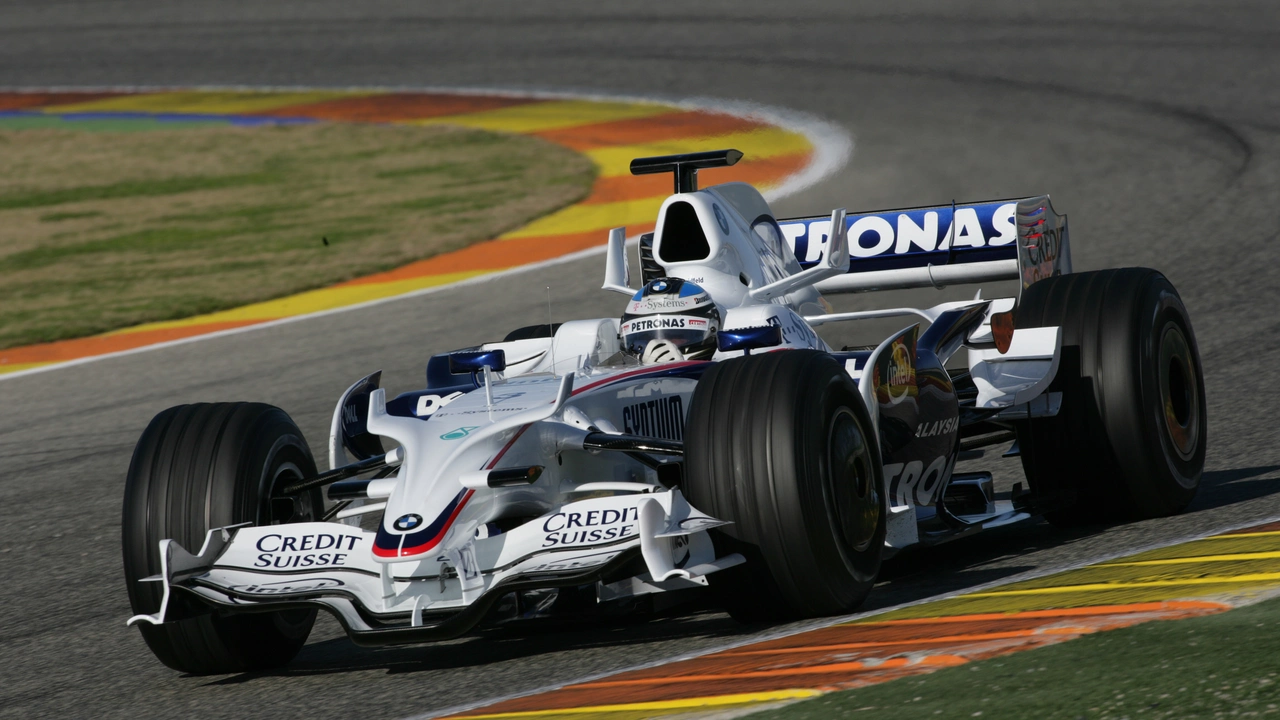Formula 1 – The Ultimate Test of Speed and Skill
If you’ve ever watched a car zip around a circuit in under two minutes, you’ve seen why Formula 1 (F1) grabs attention. It’s not just about raw power; it’s about precision, strategy, and a driver’s ability to stay cool when the G‑forces hit hard. This page breaks down what makes F1 special, the tech that powers the cars, and how you can start a racing career if you’re dreaming of the podium.
Why Formula 1 Calls Itself the Most Skilled Motorsport
Many fans argue that F1 demands the highest skill level of any racing series. Drivers juggle complex data, tyre choices, and fuel loads while navigating corners at 200+ mph. The mental load is huge – a split‑second decision can mean the difference between a win and a crash. Compared with rally or endurance racing, F1’s lap times are tighter, the cars are more aerodynamically sensitive, and the competition is right on the edge.
That’s why you’ll hear a lot of talk about driver fitness, reaction time, and the ability to read telemetry. The sport pushes physical stamina and mental sharpness to the limit, making it a favorite when people ask, “Which motorsport needs the most skill?”
Key Parts of an F1 Car and What They Do
F1 cars are built from a mix of carbon fibre, titanium, and ultra‑light alloys. The chassis is a rigid shell that protects the driver while keeping weight low. Aerodynamics are the heart of the car – front and rear wings, diffuser, and bargeboards shape airflow to create massive downforce, letting the car stick to the tarmac in corners.
The power unit combines a turbo‑charged V6 engine with hybrid energy recovery systems. When the driver brakes, the system stores kinetic energy in a battery, then deploys it for extra power on the straight. This tech not only makes the cars faster but also teaches us about energy efficiency that trickles down to road cars.
Track surfaces vary, but most F1 circuits use high‑grade asphalt designed for grip and durability. Safety is a top priority – the track layout, runoff areas, and barriers are engineered to protect drivers if they leave the road. While the surface itself isn’t a danger, the speeds involved mean safety gear like helmets, HANS devices, and fire‑resistant suits are essential.
If you’re wondering where to start a racing career, the United Kingdom offers the best mix of tracks, academies, and racing schools. From Silverstone to Brands Hatch, the UK’s circuit network gives aspiring drivers real‑world experience. Many F1 stars, including Lewis Hamilton, began in British karting leagues before moving up the ladder.
Practice is a daily habit for pro drivers. They spend hours on the simulator, analyzing data, and doing physical drills. The routine isn’t just about driving fast – it’s about understanding the car’s behavior, improving reaction times, and staying race‑ready. That’s why a typical week mixes track time, simulator sessions, fitness work, and team meetings.
Ever thought about what an unrestricted auto race would look like? Imagine a circuit where anything from a rocket‑powered go‑kart to a monster truck can compete. Chaos would be the name of the game, but the safety standards that F1 pioneered would still be crucial to keep everyone safe.
Bottom line: Formula 1 blends cutting‑edge technology, extreme speed, and unmatched driver skill. Whether you’re a fan wanting to understand the sport better or an aspiring driver looking for a roadmap, the key is to focus on learning the basics, staying fit, and getting as much track time as possible. The world of F1 is fast, demanding, and full of opportunities for anyone willing to work hard.

Why did BMW quit Formula 1?
BMW's departure from Formula 1 was a decision rooted in a shift of priorities. They opted to redirect their focus and resources towards sustainability and the development of new technologies for their production cars. The high costs and the economic downturn at the time also played a significant role in this decision. Not to mention, BMW's lack of competitive success in the series also influenced their decision. So, it was basically a strategic move driven by financial factors and future vision.
Read More